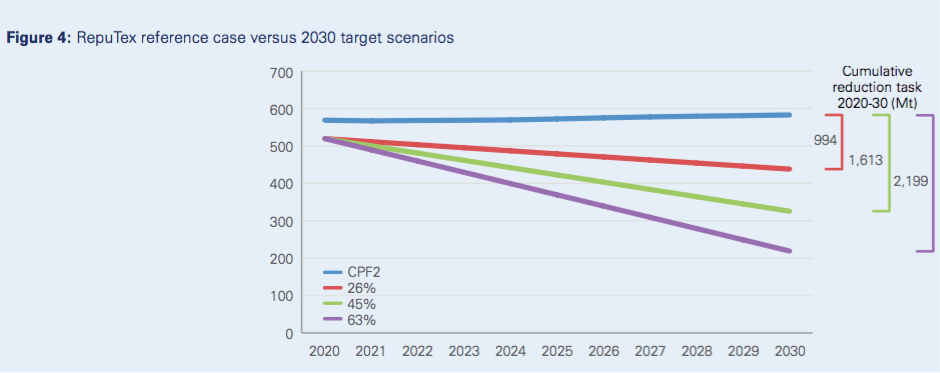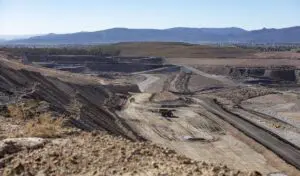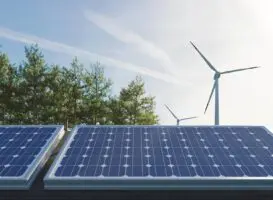
Australia will likely miss its Paris climate commitments by around one billion tonnes of greenhouse emissions by 2030 if it continues with its current policies, and may have to cut another billion tonnes if it commits to what most analysts suggest is the country’s fair share of the Paris target.
That is the grim new analysis from advisory firm Reputex, a division of credit ratings agency Standard & Poor’s, which says that Australia’s national emissions are likely to grow 9 per cent by 2030 on current settings. Thanks mostly due to the increase in LNG exports and a surge in state-sanctioned land clearing.
That, says Hugh Grossman, means that Australia’s overall result by 2030 will be a cut of just two per cent from 2005 levels. But Australia’s Paris commitment is to reduce its emissions by 26-28 per cent, and most analysts say it should do much, much more – between 45 and 60 per cent – to reflect its fair share of the global task.
The analysis by Reputex is based on current federal policy settings, such as the much maligned emissions reduction fund, the federal renewable energy target and state-based renewable targets, such as those in the ACT, Queensland, Victoria and South Australia.
And it is yet another report that highlights the poverty of Australia’s current policy suite. Other reports, such as the Climate Change Authority before its stacking by pro-Coalition directors, and from The Climate Institute and various universities, have pointed to the precarious state of Australia’s carbon budget – meaning that if more emissions are produced now, the budget will fall to effectively zero within a decade or two and force dramatic policy interventions.
Reputex says that if Australia is to meet its target of cutting one billion tonnes of CO2 equivalent between 2020 and 2030, rather than increasing them, it will have to impose much stricter baseline under the so-called safeguard mechanism.
Currently, those baselines permit the biggest polluters to continue polluting at the highest level of the last 7 years – and even more in special circumstances – but Reputex says they will need to cut those emissions by 5 per cent a year in the net decade.
But because those baselines may be able to be achieved simply by some coal fired generators producing less electricity, Reputex suggests a declining emissions intensity baseline, which puts limits on how much can be emitted by unit of production, rather than totals, could be more effective.
“The roll out of state renewable energy policy will have a major impact in curbing national emissions, however even with ambitious state action, we anticipate a large shortfall to meet the 2030 target,” Grossman says.

“State and federal policy will ultimately need to align industry emissions with Australia’s 2030 target. That could come in the form of declining emission baselines under the safeguard mechanism or a state based trading scheme” said Mr Grossman.
He says that without tighter baselines, the heavy lifting would need to be met by ambitious energy and vehicle efficiency policy settings, that would include electricity and vehicle efficiency standards, a big increase in solar PV, and billions more spent on the ERF.
The analysis is derived from RepuTex’s 2030 Energy and Climate Policy Tool (ECP), released on Wednesday, which projects national emissions through to 2030, and the policy combinations required to meet Australia’s emissions reduction target.








